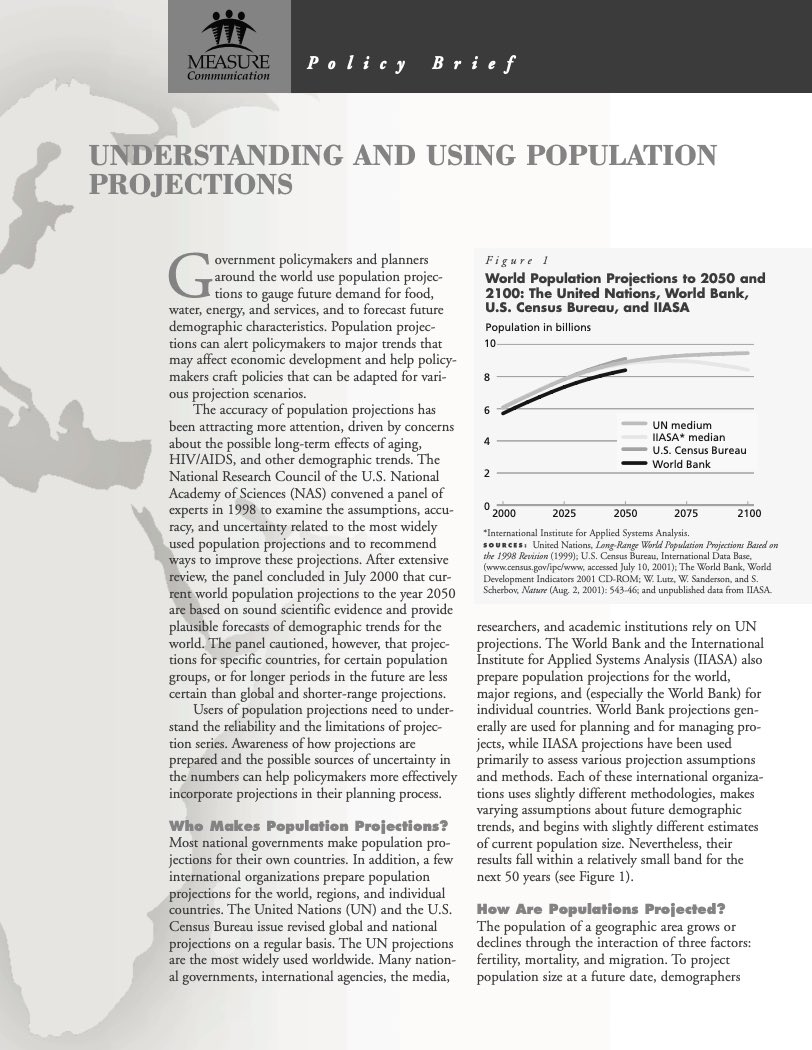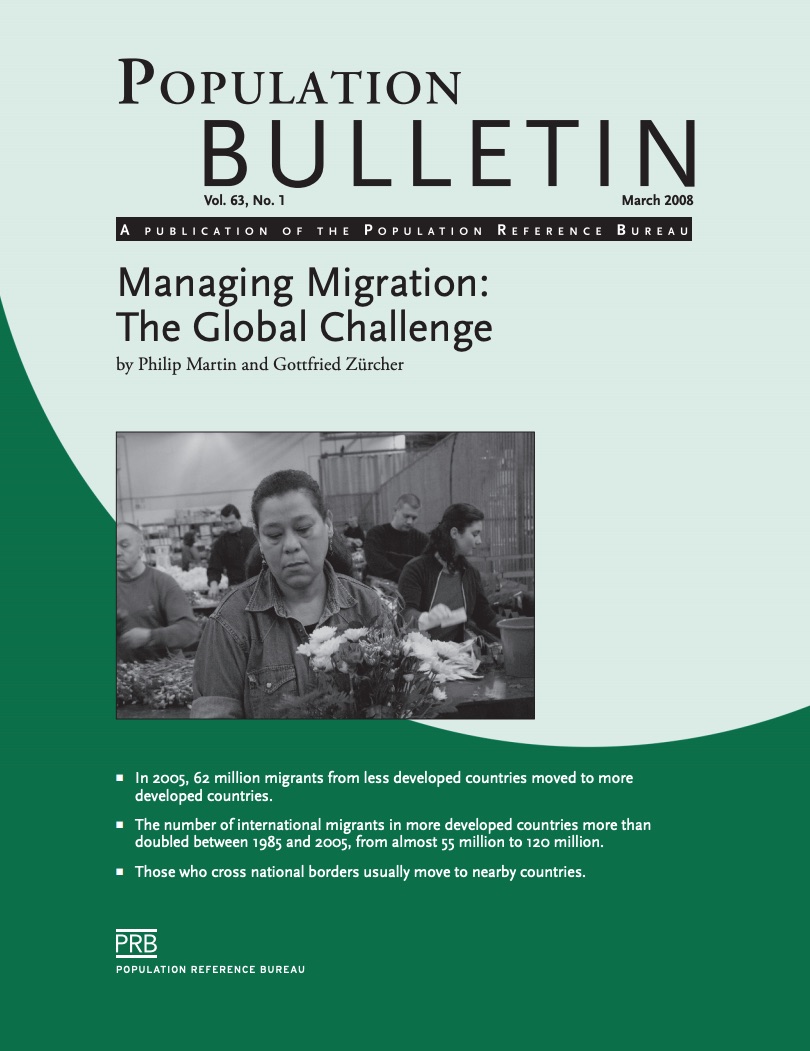Understanding and Using Population Projections
Government policymakers and planners around the world use population projections to gauge future demand for food, water, energy, and services, and to forecast future demographic characteristics.

Government policymakers and planners around the world use population projections to gauge future demand for food, water, energy, and services, and to forecast future demographic characteristics.
(2012) Scientists and engineers make up only about 5 percent of the U.S. labor force, but are viewed as an important engine for higher earnings, innovation, and economic growth.
(2010) In many countries, the elderly now make up an unprecedented share of the population. This increase in the number of older people has implications for national budgets, labor force growth, and family support systems.
HOW WE HAVE CHANGED SINCE THE UNITED STATES WAS A NATION OF 200 MILLION (September 2006) The United States is set to reach a milestone in October. It will become the third country—after China and India—to be home to at least 300 million people.

(March 2008) The number of international migrants is at an all-time high. There were 191 million migrants in 2005, which means that 3 percent of the world's people left their country of birth or citizenship for a year or more.
(2003) Both are voices of women in Delhi, but they could be from anywhere in this country of 1 billion people.
(2008) The aging of baby boomers and the fact that women's labor force participation has already peaked are expected to slow U.S. labor force growth in the near future.

(2020) The world is better equipped to fight a pandemic today than it was in 1918, when influenza swept the globe and infected up to one-third of the world’s population.1 While science and medical advances have given us new advantages in fighting disease, some demographic trends since 1918 may increase the risk for spreading contagions and our vulnerability to viruses.
(2000) Under apartheid, water had been so inequitably distributed that water policy reform became a lead component of the new government's Reconstruction and Development Programme.